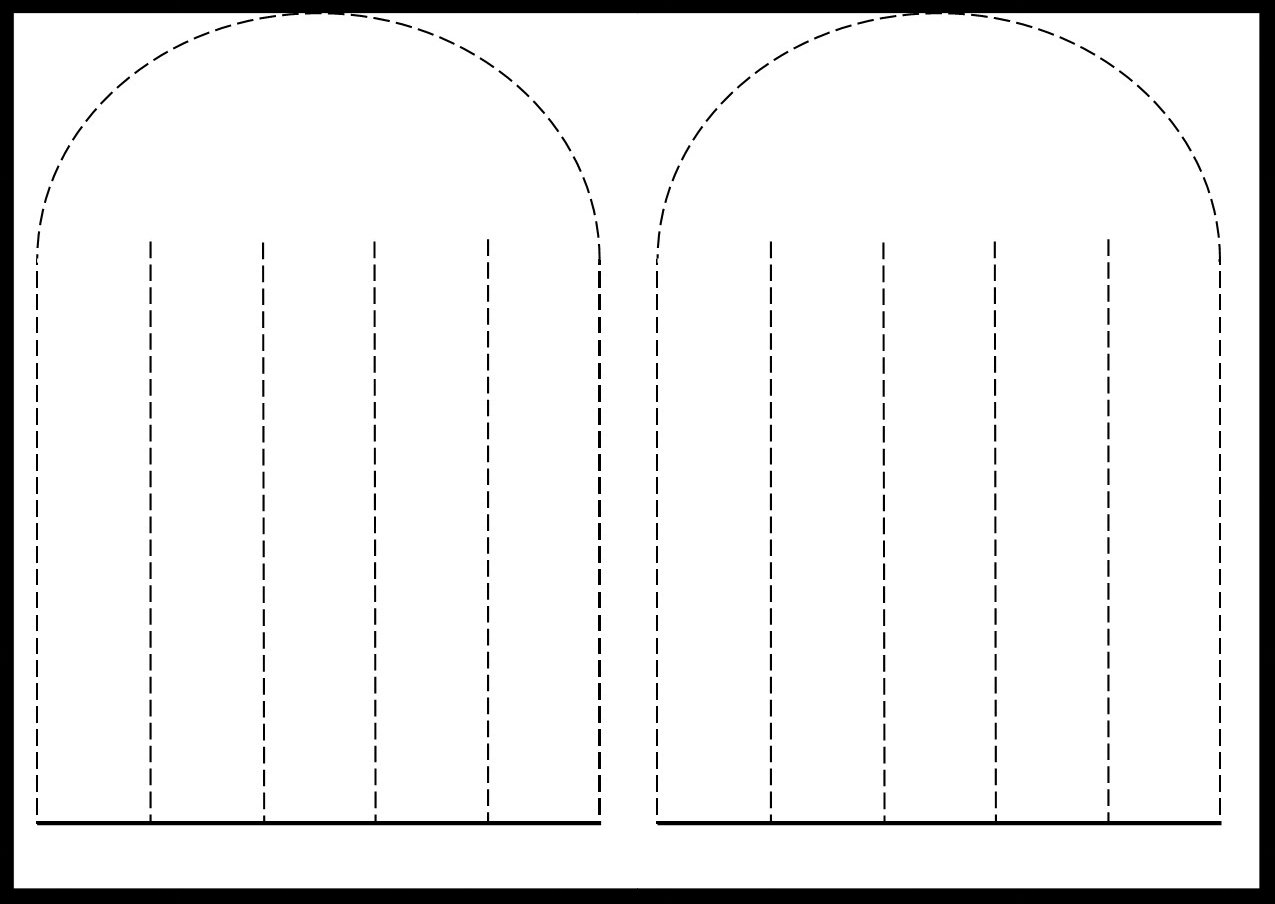Woven heart baskets look cute when finished. Stuffed with a few pieces of candy, they make adorable Valentine's Day gifts. This pattern will make 2 woven baskets.
Fair warning, this project is difficult for a lot of kids---definitely young ones.
Materials
- Heart pattern printed on 2 different colors of paper (PDF at the bottom of the page)
- Scissors
Instructions
- Print out the pattern. Fold the paper in half along the flat bottom line of the pattern.
- Cut along the dotted lines.
- (see pictures below)
3. This is what you have now. The flat bottom of the arches will become the pocket of the basket. Let's call the blue arch, Arch1 and the yellow arch, Arch 2. Each of their 5 strips are indicated by letters.
4. Take strip 2a and open it up slightly. Slip 1a (closed) through the opening of 2a.
5. Now, take 1a and open it up slightly. Slip 2b through this opening.
6. Continue to weave the strips together in the alternating pattern until there is nothing left. 2a---> (through) 1b, 1b--->2b, 1a--->2c, 2c--->1b, 1c--->2a, 2b--->1c, 1c--->2c, etc.
7. Once completed, the basket will look like this. Open it from the top.
Tips
- Affix a paper strip to the top to create a handle for the basket, or...
- To make a woven heart that isn't a basket, print out the patterns, but do not fold the papers in half. Cut out the pattern completely and weave. Use tape or glue to hold the ends of the strips down.


